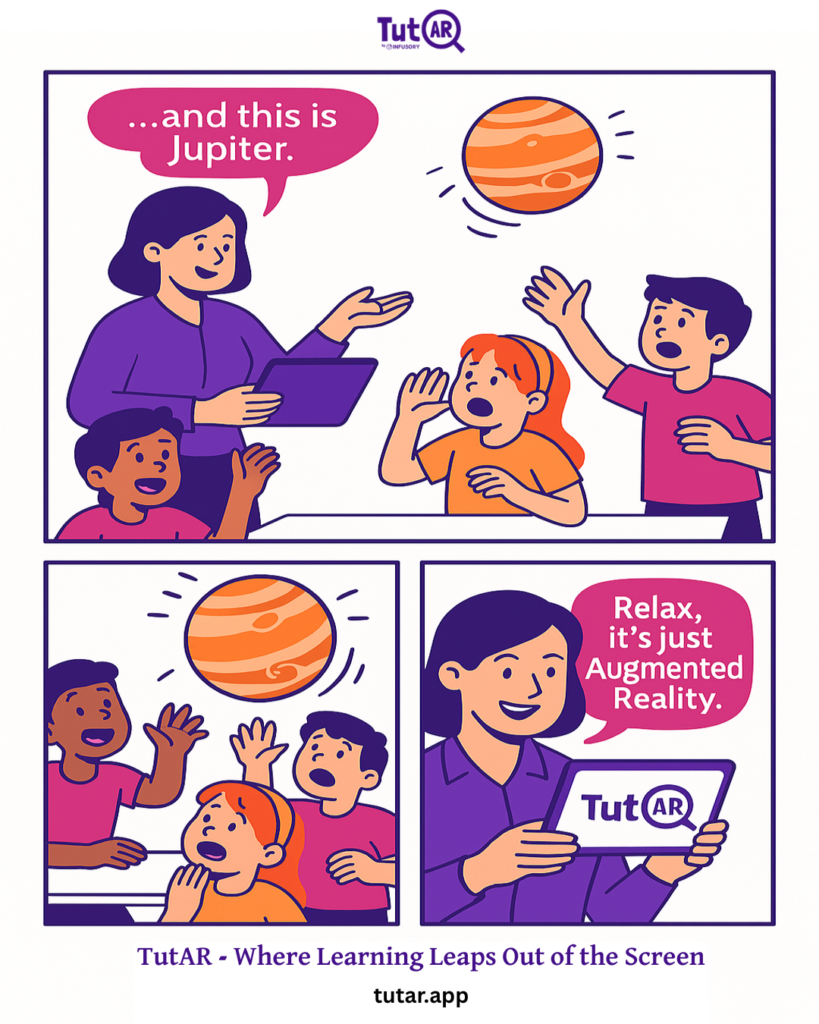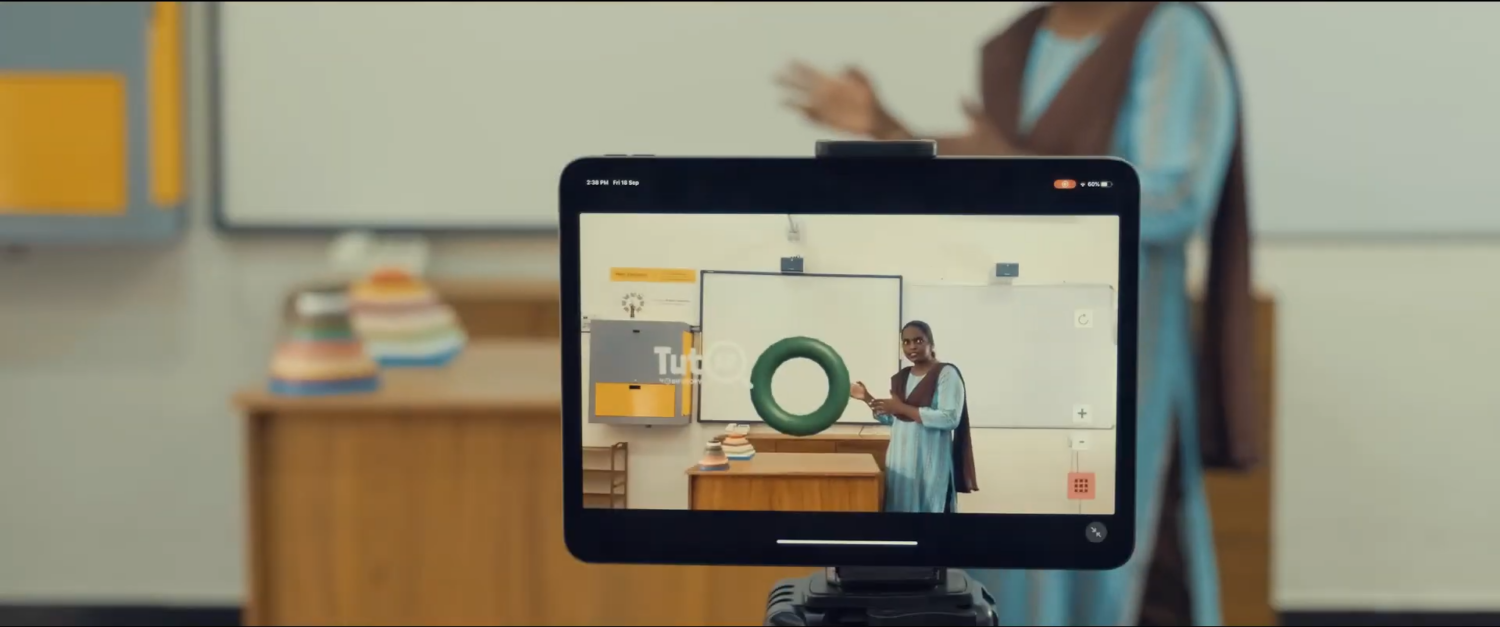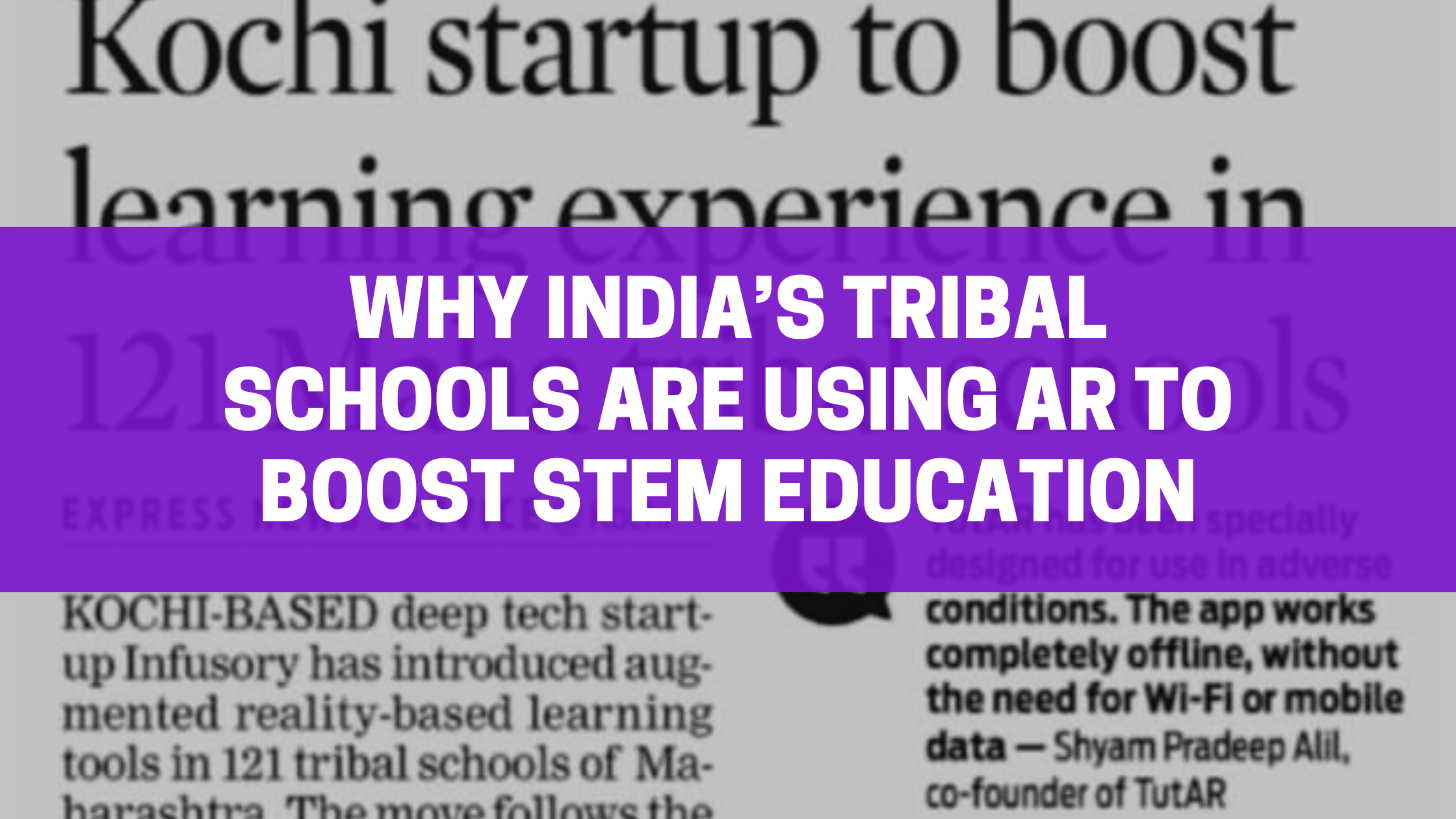Science is all around us, but in the classroom, it often gets limited to diagrams on a blackboard or static textbook images. This makes it hard for students to visualize and truly understand how scientific concepts work. That’s where Augmented Reality (AR) comes in.
AR brings interactivity and visual depth into science lessons, helping students engage with topics in a more meaningful way. With AR tools like TutAR, teachers can turn complex science concepts into hands-on digital experiences that are easy to grasp and fun to explore.
Here are the top 5 ways teachers can use AR to make science more engaging in their classrooms.
1. Bring Human Anatomy to Life
Teaching human body systems can be a challenge, especially when students have never seen how these systems function. With AR, teachers can launch detailed 3D models of the respiratory system, circulatory system, digestive tract, and more.
Students can rotate the models, zoom in on different organs, and observe how each part works. Instead of memorizing labels, they understand how the body functions, making biology lessons far more interactive and memorable.
2. Visualize Abstract Physics Concepts
Concepts like electricity, magnetism, motion, and forces are hard to explain using only chalk and talk. AR models allow teachers to simulate these phenomena right in the classroom.
For example, students can see how electric current flows in a circuit, how magnetic poles interact, or how Newton’s laws apply in real-world scenarios. These visual demonstrations help simplify abstract topics and support better retention.
3. Explore the Solar System and Beyond
Space science often feels distant, literally and figuratively. With AR, students can place the entire solar system on their desks and interact with it.
They can observe planetary orbits, compare the size of planets, and understand the concept of rotation and revolution. Tools like TutAR make it possible for students to virtually travel through space, all within the classroom.

4. Conduct Safe, Virtual Experiments
Not all schools have access to science labs, and safety is always a concern when working with chemicals or equipment. AR enables virtual experiments where students can see reactions, test hypotheses, and explore outcomes without any risk.
Teachers can use AR models to demonstrate how acids react with bases, how temperature affects states of matter, or how sound waves behave, all without needing lab supplies.
5. Connect Science to Real-World Applications
One of the best ways to get students interested in science is to show them how it applies to the real world. AR can help connect lessons to real-life contexts.
For instance, while teaching about renewable energy, teachers can show 3D models of wind turbines or solar panels. During a lesson on health and hygiene, a model of the coronavirus or bacteria can help students understand how diseases spread and why precautions matter.
By grounding abstract science in practical visuals, AR helps students see the why behind what they’re learning.
Why Use TutAR for Teaching Science with AR?
TutAR offers:
- 5000+ curriculum-aligned 3D models
- Support for CBSE, ICSE, and State Boards
- Offline access, no internet needed in class
- Compatibility with tablets, smartphones, and interactive panels
- Easy-to-use interface, even for first-time AR users
More than 100,000 teachers across 5 countries are already using TutAR to make science more interactive.
Final Thoughts
Science education doesn’t have to be limited by textbooks. With tools like TutAR, teachers can bring a new level of clarity and curiosity into their classrooms. Whether it’s showing how blood flows through the heart or how gravity affects motion, AR makes every science lesson more engaging and effective.





